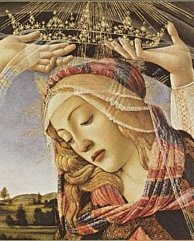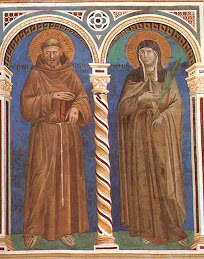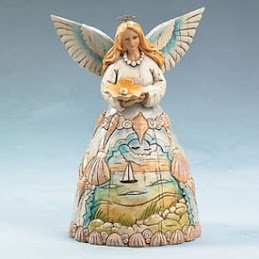It is all very well to have a theology, to develop a spirituality, and to have an impact on popular devotional life. But a spiritual tradition must do other things in order to survive and flourish within the Church. It must have a form of life, some system of relationships, structures and programs that help to translate the vision into lived experience, and to turn the lived experience constantly toward its founding vision.
The Franciscan “form” may be called the vita evangelica, the evangelical life, the Gospel life. That in itself would not seem to distinguish it from the ordinary life of dedication lived by any committed Christian. However, the reader may find, on closer analysis, that the specific meaning and interpretation of that term contains much that is distinctive.
First of all, Franciscans intend to live the whole Gospel. Again, this may not seem surprising. But in fact most traditions within the Church claim to live one facet, or a couple of important dimensions of the Gospel. For example, one group may intend to imitate the hidden life of Jesus, while another models itself on Jesus the preacher during his public ministry. A third may seek to model itself on the suffering of the Lord, and a fourth on the glory of Christ’s resurrection.
Franciscans have claimed from the very beginning that they wished to live every part of the Gospel, the “full Gospel.” This desire to include all the many parts of the Gospel within its life has led the Franciscan family, in its many branches, to live with paradox, even seeming contradiction. The following posts and blog articles will sketch some important features of the Franciscan way of life, showing how it includes many different parts of the “full Gospel.”
(Used with permission. Source: Franciscans)
Related Audio Course: St. Francis of Assisi: A New Way of Being Christian
Blog Author: Br. William Short



 Let my prayer rise before you
Let my prayer rise before you






